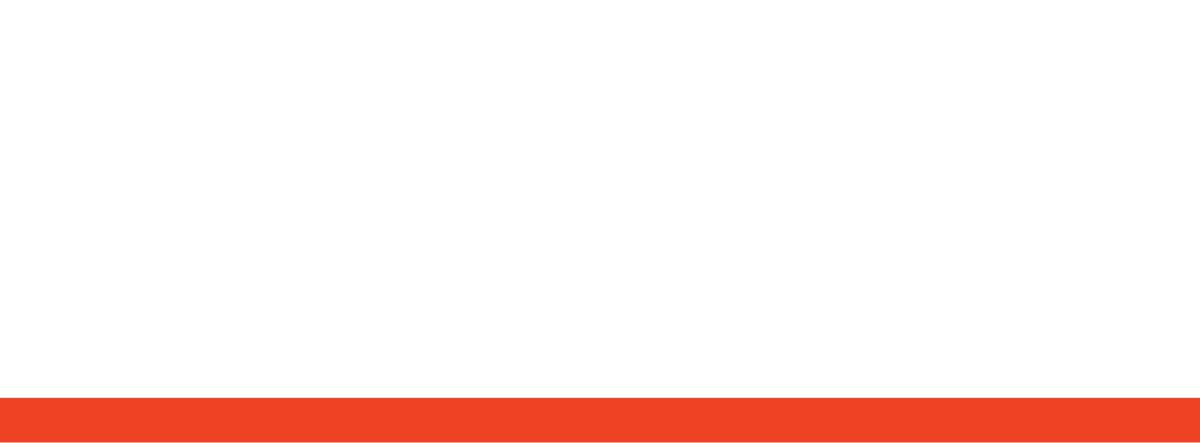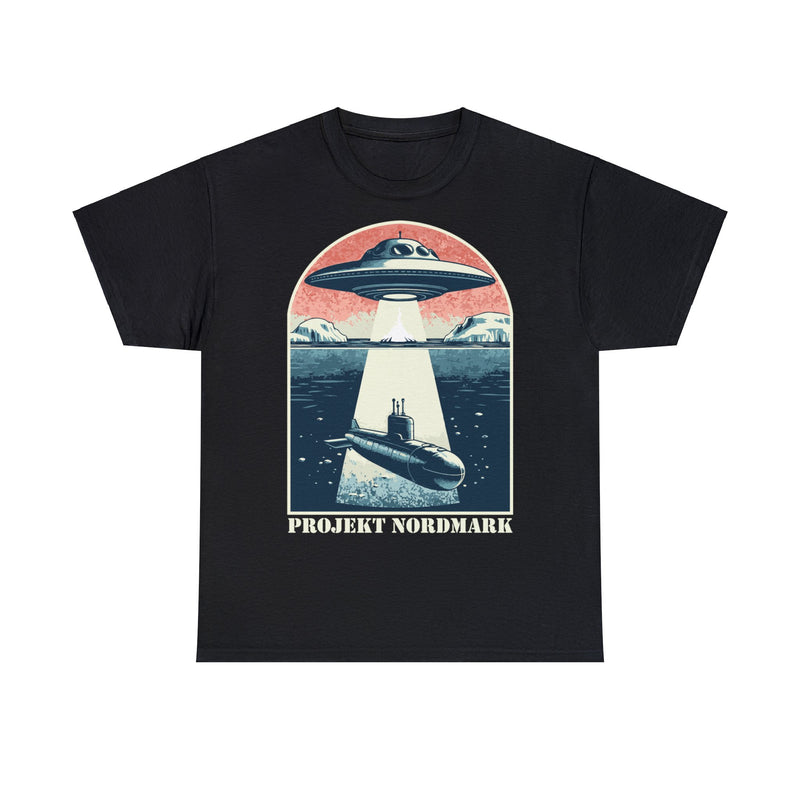When we think of Odin, the powerful god of Norse mythology, one of the first associations is his one-eyed appearance. Traditionally, Odin is depicted with a single eye, indicating a deep symbolic meaning. However, in one artistic interpretation, Odin is depicted with both eyes blindfolded, which is an interesting departure from the norm. In this article, we will explore the meaning of this artistic depiction and why it offers a different perspective on the Norse god.
Who is Odin?
Odin, also known as the Allfather, is one of the most important gods in Norse mythology. He is worshipped as the god of war, wisdom, poetry, and magic. Odin is known for his wisdom, his ability to influence the fate of the world, and his role as leader of the gods in the realm of Asgard.
The usual depiction of Odin:
In most depictions, Odin is shown with a single eye, with the other eye covered by a raven. This image comes from Norse mythology, where Odin sacrificed his eye to drink from the well of wisdom. The one-eyed appearance symbolizes Odin's willingness to sacrifice and his insatiable thirst for knowledge.
Artistic interpretation:
However, in an unconventional artistic interpretation, Odin is depicted with both eyes blindfolded. This depiction may seem confusing at first glance, as it deviates from the traditional depiction, but upon closer inspection, it reveals a deeper meaning.
Why are both eyes blindfolded in this interpretation?
The connection of both eyes can be interpreted as a symbolic expression of Odin's total devotion to his ravens Hugin and Munin. These ravens serve Odin as messengers and bearers of knowledge from the world of men and the gods. By covering both eyes, Odin shows his willingness to rely completely on his ravens and to concentrate entirely on their insights and wisdom.
Role of Odin's ravens Hugin and Munin:
Hugin and Munin, which means "thought" and "memory" in English, are Odin's faithful companions. They fly over the world every day and return in the evening to tell Odin what they have seen and heard. The ravens symbolize knowledge, wisdom and the ability to be present everywhere.
Symbolism and meaning:
The artistic depiction of Odin with both eyes connected carries a deeper symbolic meaning. It illustrates Odin's trust in his ravens and his ability to rely on their wisdom. By connecting both eyes, Odin shows his total devotion to the source of his knowledge and his willingness to shield himself from outside influences.
Interpretation of the artistic representation:
This interpretation offers a fascinating new perspective on Odin and his relationship with his ravens. Rather than portraying his one-eyed appearance as a sacrifice, this depiction emphasizes Odin's trust and devotion to his companions. It highlights the close bond between Odin and the ravens and underscores the importance of trust and partnership in Norse mythology.
Holistic devotion to the ravens:
The artistic depiction of Odin with both eyes blindfolded reminds us that true wisdom and insight often come from trusting others and being willing to rely on their insights. By transferring his senses to his ravens, Odin shows his willingness to rely entirely on their wisdom rather than relying on his own abilities alone.
Conclusion:
Overall, the artistic depiction of Odin with both eyes blindfolded offers a fascinating new interpretation of the Norse god and his relationship with his ravens. It highlights the importance of trust, devotion, and partnership in the quest for wisdom and knowledge. By transferring his senses to his ravens, Odin shows his deep connection to the world around him and his willingness to rely on others to achieve his goals.
FAQs about Odin and the artistic representation
Why is Odin usually depicted with a single eye?
Odin is traditionally depicted with a single eye because, according to Norse mythology, he sacrificed his eye to drink from the well of wisdom.
What do Odin's ravens Hugin and Munin symbolize?
Hugin and Munin symbolize thought and memory and serve Odin as messengers and bearers of knowledge.
Why is the artistic depiction of Odin with both eyes blindfolded interesting?
The artistic depiction of Odin with both eyes blindfolded offers a new perspective and emphasizes Odin's trust and devotion to his ravens.
What role do trust and devotion play in Norse mythology?
Trust and devotion are important themes in Norse mythology and are clearly portrayed by Odin's relationship with his ravens.
What can we learn from Odin's artistic representation?
From Odin's artistic depiction, we can learn that true wisdom often comes from trusting others and being willing to rely on their insights.





